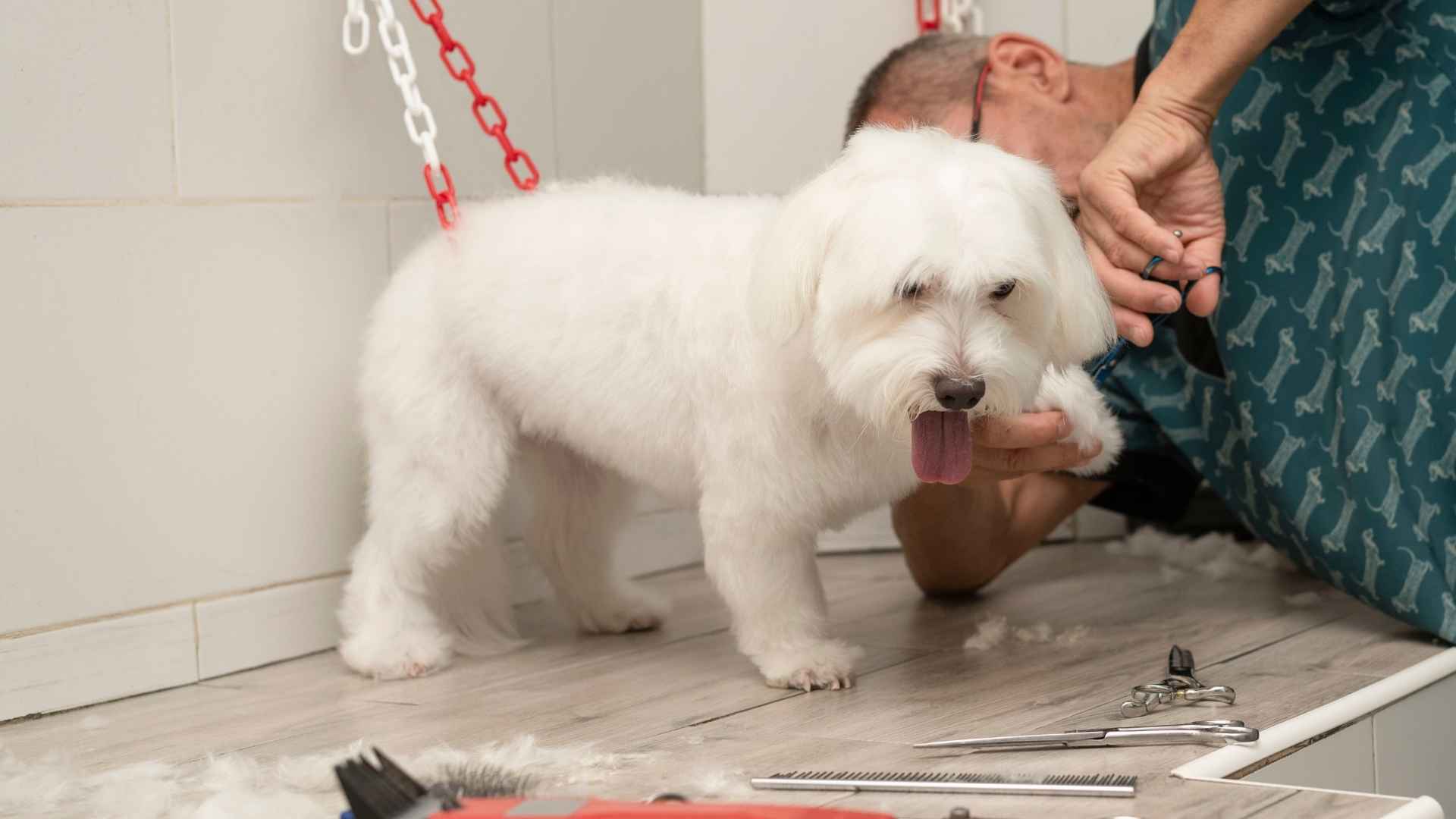A well-groomed dog is more than just a pretty sight—it’s a sign of good health. Many breeds require frequent brushing, trimming, and bathing to prevent matting and skin issues. Their coats become tangled without proper care, leading to discomfort and even health problems.
If you’ve ever struggled with shedding fur on your furniture or spent hours detangling knots, you know how demanding grooming can be. Some breeds need extra effort, making regular maintenance a necessity, not a choice. Understanding these grooming requirements helps in choosing the right breed for your lifestyle.
Whether you’re a new owner or looking to refine your grooming routine, knowing which breeds require special attention can save time and effort. Let’s explore dogs that demand consistent care to stay healthy and comfortable.
Did you know?
The Puli and Komondor have natural dreadlocks, which help protect them from harsh weather and predators. Their unique coats require specialized grooming to maintain their iconic look.
Regular Grooming Required Dog Breeds
1. Poodle

A Poodle’s signature curls are more than just stylish—they’re a full-time responsibility. Regular trims, daily brushing, and professional grooming sessions are essential to prevent tangles. Without care, its coat quickly turns from glamorous to an unruly, high-maintenance mess.
This breed isn’t just about looks; it’s one of the smartest dogs in the world. Quick to learn, eager to impress, and always up for a challenge, the Poodle excels in obedience, agility, and even advanced problem-solving tasks requiring sharp intelligence.
Poodles are incredibly active and need more than a casual stroll to stay happy. Swimming, running, and mentally stimulating games keep them engaged. Without proper exercise, they become restless, finding their own, often mischievous, ways to entertain themselves indoors.
According to AKC, a Poodle’s hypoallergenic coat makes it a preferred choice for allergy-sensitive individuals, but that doesn’t mean it’s low-maintenance. It requires regular washing, careful drying, and precise trimming to maintain its texture, ensuring it stays soft, bouncy, and free from skin irritation.
Socializing a Poodle from a young age shapes its personality. Exposure to new people, environments, and experiences helps it develop into a confident, well-mannered dog. It may become overly cautious or too protective in unfamiliar situations without proper socialization.
Fun Fact
Poodles were originally bred as duck retrievers. Their fancy show cuts may look extravagant, but the style began as a practical trim to keep them warm while allowing easy movement through the water during hunting expeditions.
2. Bichon Frise
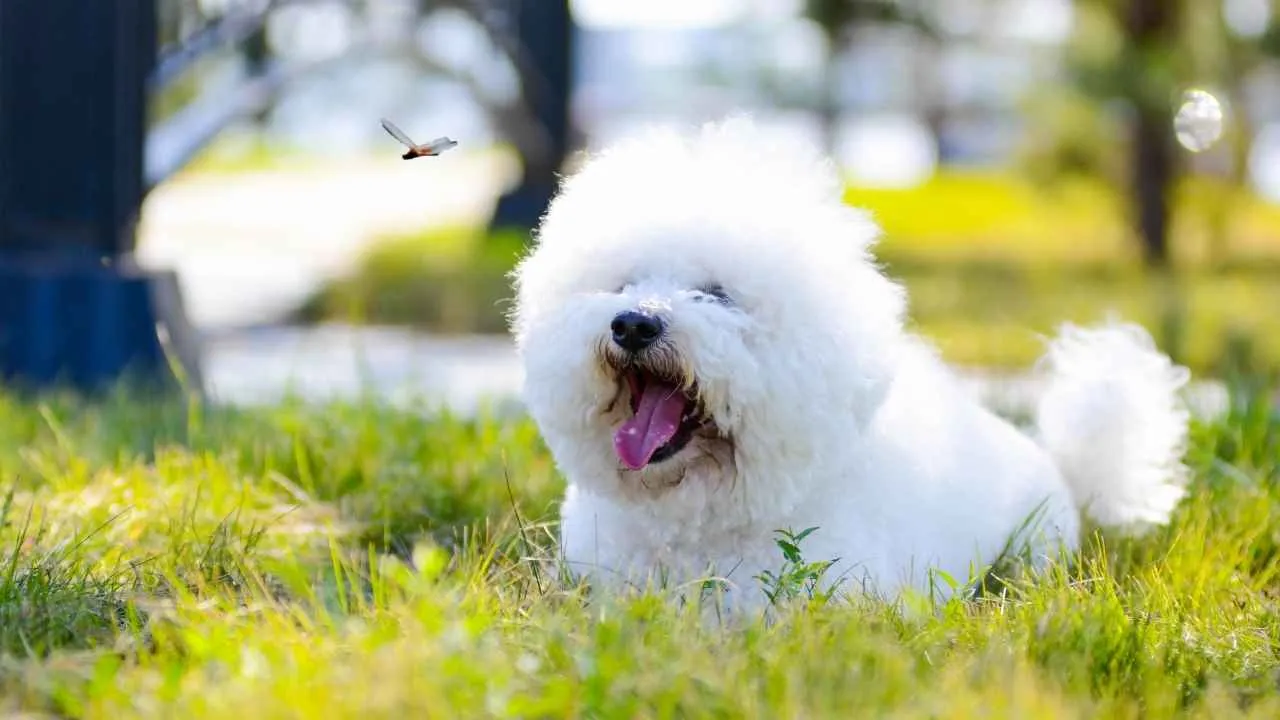
The Bichon Frise’s fluffy white coat is stunning, but only if maintained with meticulous care. Daily brushing prevents matting, while regular trims keep it looking tidy. That soft, cloud-like fur can quickly become an unmanageable, tangled mess without proper grooming.
With a personality larger than its size, the Bichon Frise thrives on interaction. It’s naturally social, always eager to be in the spotlight. This breed flourishes in environments filled with activity, where there’s never a dull moment to be found.
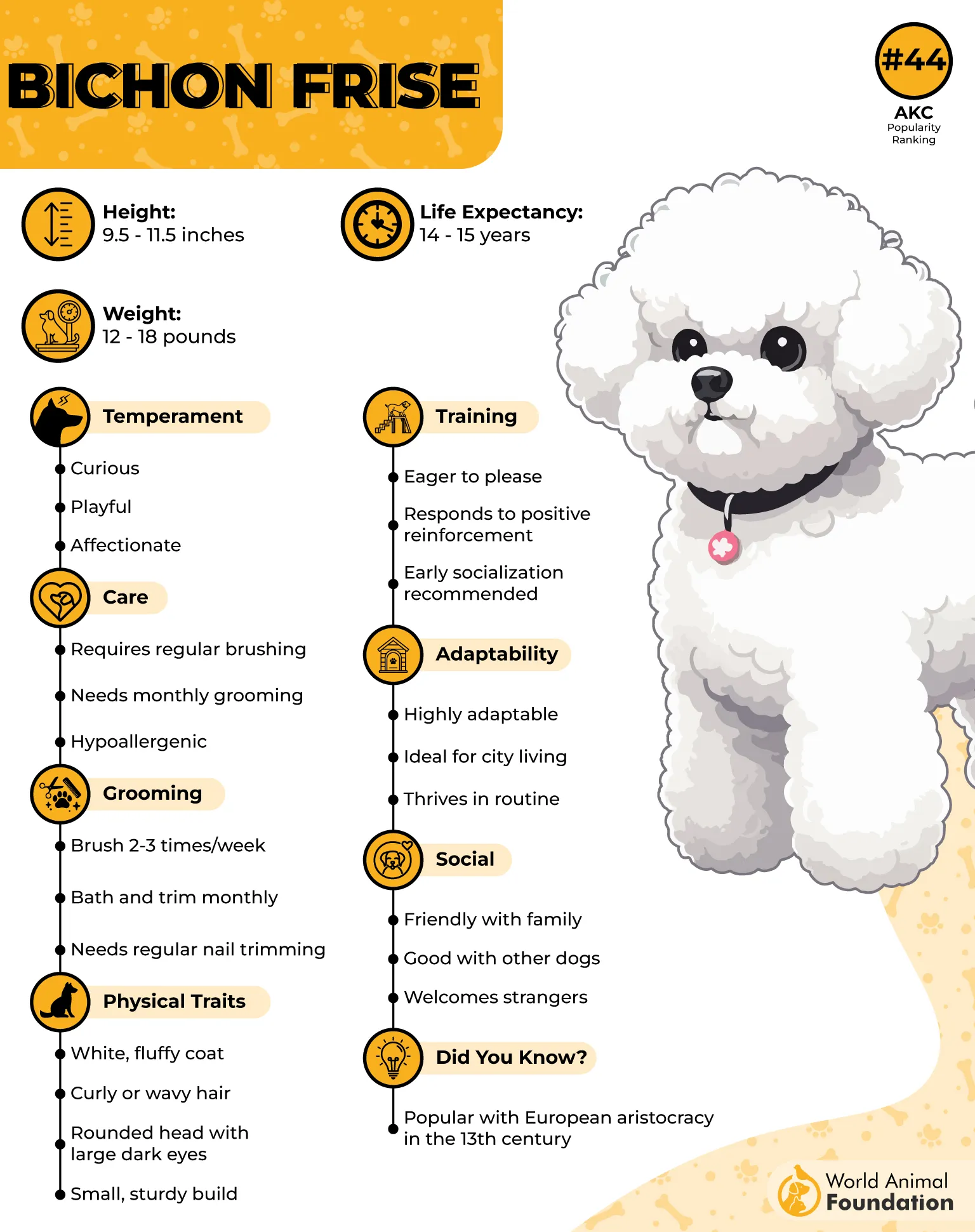
Bath time isn’t just a luxury for a Bichon—it’s a necessity. Dirt and debris cling to its fur, requiring frequent washes with gentle products. Blow-drying is crucial, as damp curls can irritate skin and unpleasant odors.
Despite its elegant look, this breed has energy to spare. It enjoys playful activities, whether zooming indoors or learning new tricks. A well-exercised Bichon stays happy, while a bored one might turn to excessive barking or playful destruction.
Training this breed takes consistency and patience. Its clever mind quickly picks up routines, but it can also develop a stubborn streak. Positive reinforcement keeps it engaged, ensuring it remains attentive and eager to follow commands.
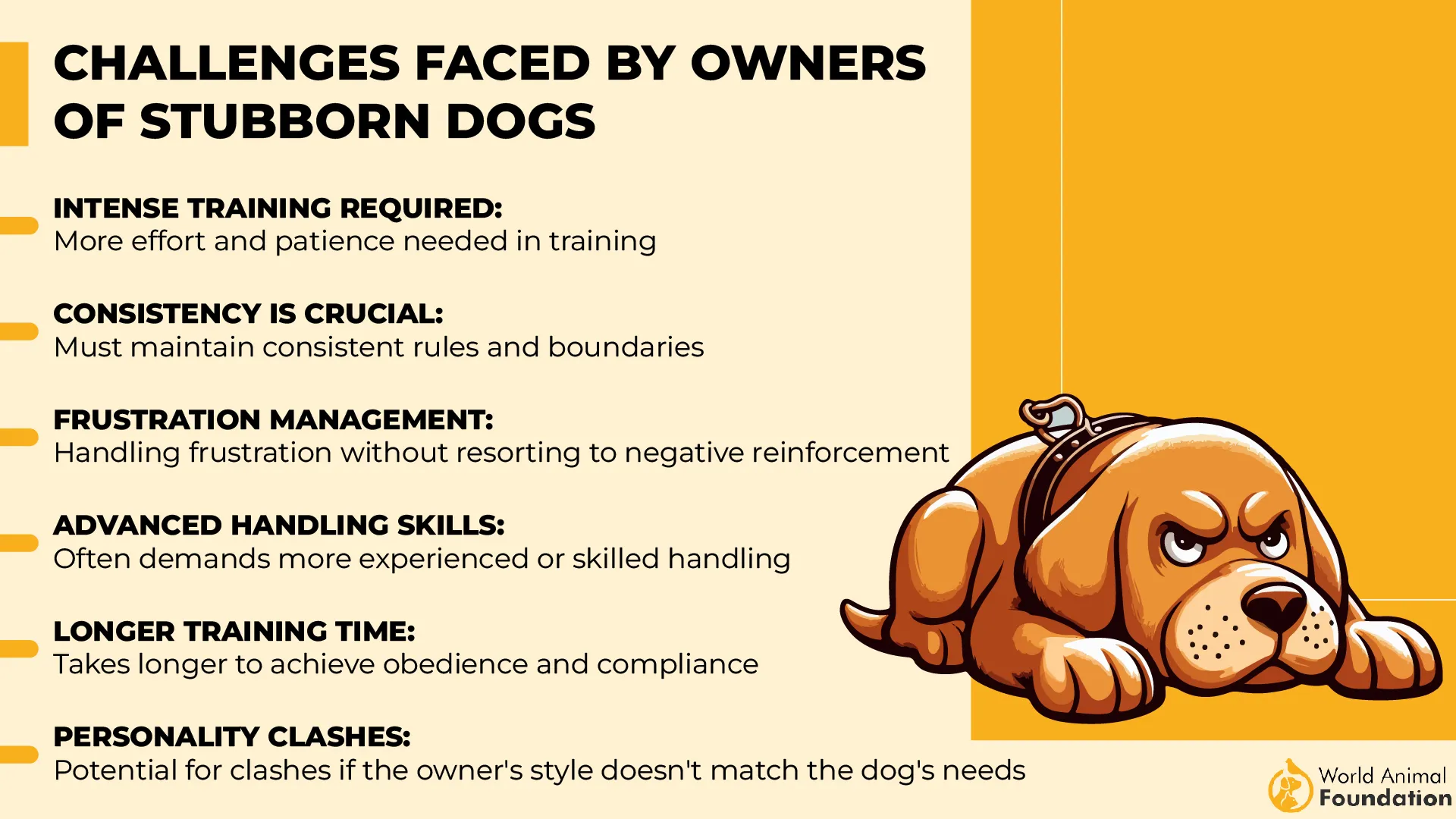
Fun Fact
The Bichon Frise was a favorite among Spanish sailors who brought them on long voyages. These little dogs were great companions at sea and popular trading goods among European nobility.
3. Afghan Hound
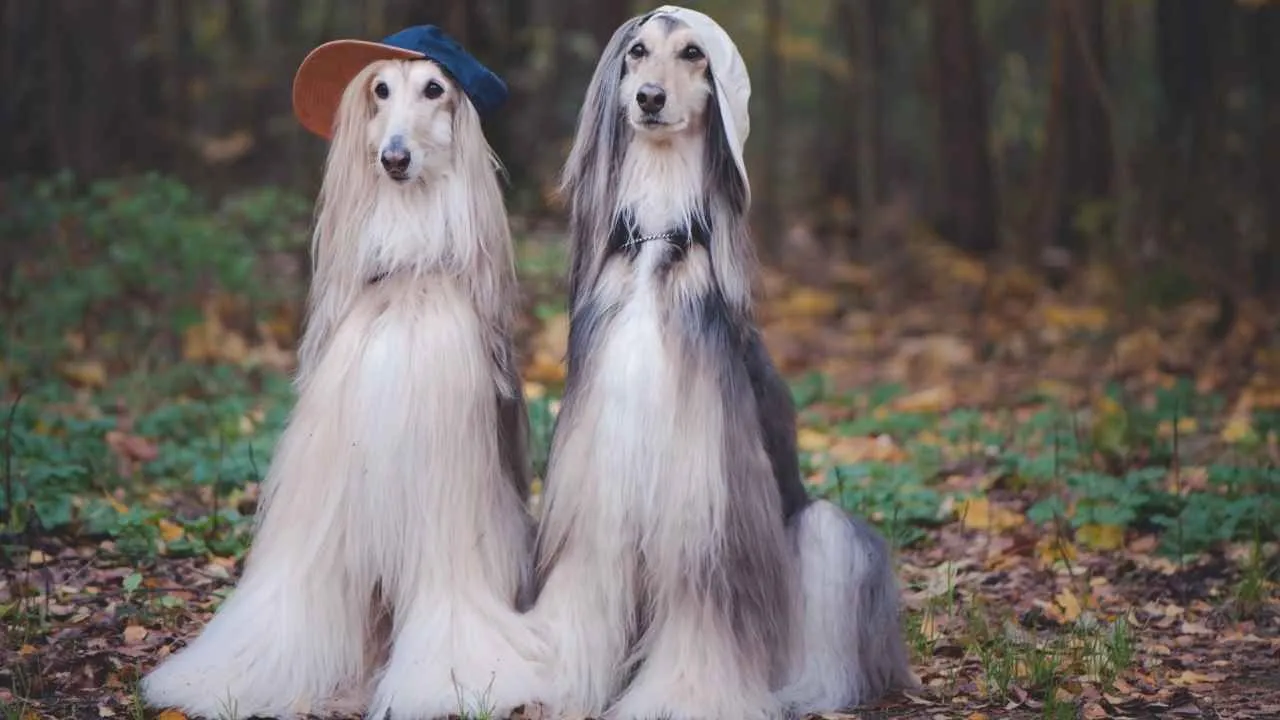
Graceful, glamorous, and endlessly elegant, the Afghan Hound’s flowing coat is its crowning glory. But beauty comes at a cost—daily brushing, careful detangling, and expert grooming are non-negotiable. Without proper care, its silky strands quickly form knots, making upkeep a demanding task.
Despite its aristocratic appearance, the Afghan Hound has an independent streak. It’s intelligent but prefers to do things on its own terms. Training requires patience, as this breed responds best to calm, confident guidance rather than strict, repetitive commands.
Originally bred for hunting, the Afghan Hound is built for speed. Its lean, muscular body and powerful legs allow it to reach remarkable speeds. It thrives in open spaces where it can stretch its legs and indulge in its love for sprinting.
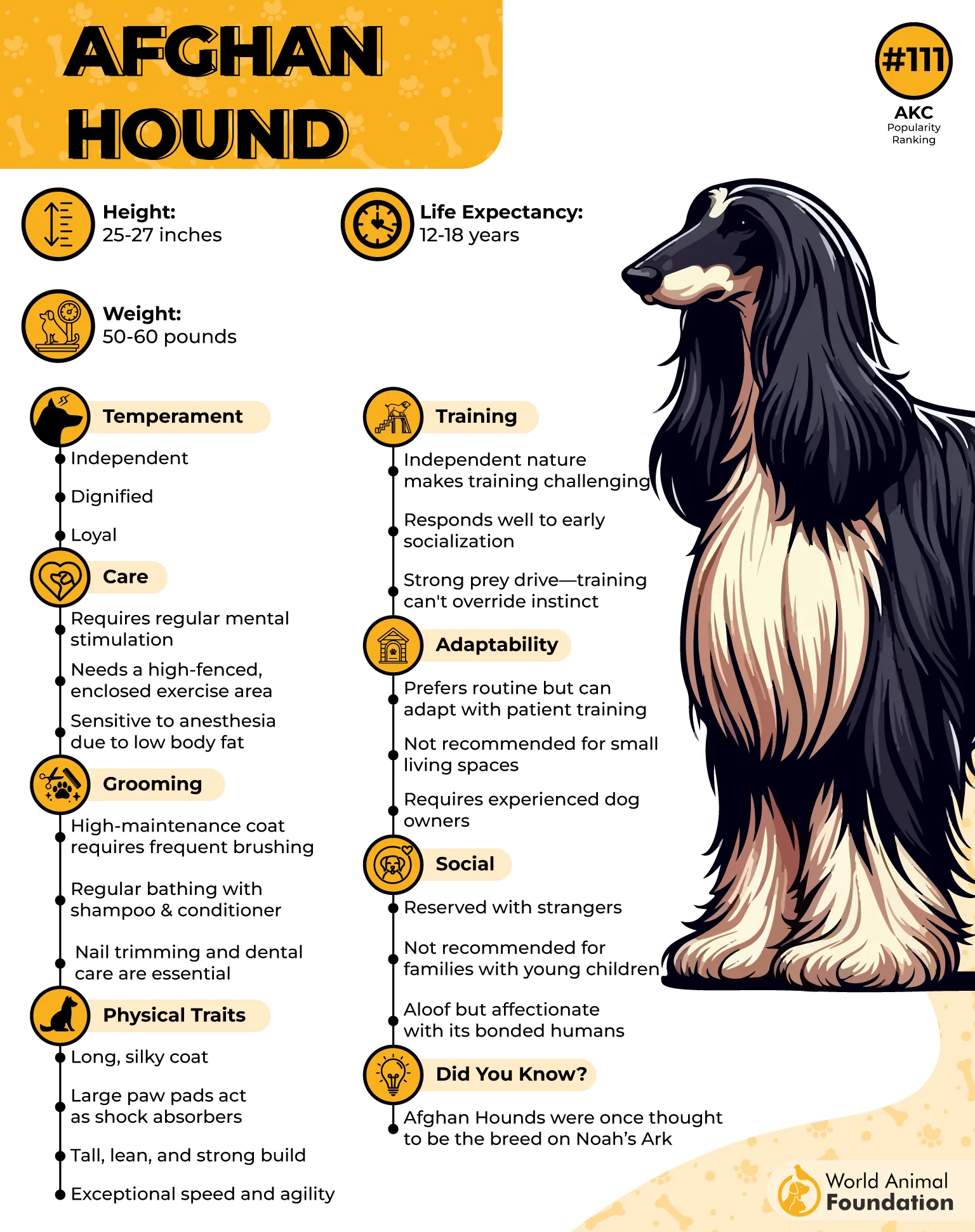
According to PetMD, a bath for an Afghan Hound is no quick affair. Each wash requires gentle shampoos to maintain the coat’s natural oils, followed by thorough drying to prevent tangling. Miss a step, and those long locks become an untamed, high-maintenance challenge.
Though often reserved around strangers, Afghan Hounds form deep bonds with those they trust. They have a strong prey drive, making secure fencing essential. Without proper boundaries, they’ll follow their instincts, chasing after anything that catches their keen eyesight.
Fun Fact
The Afghan Hound is one of the world’s oldest breeds, dating back thousands of years. Ancient carvings and paintings depict similar dogs, highlighting their long history as prized hunting companions in Middle Eastern and Asian civilizations.
4. Portuguese Water Dog
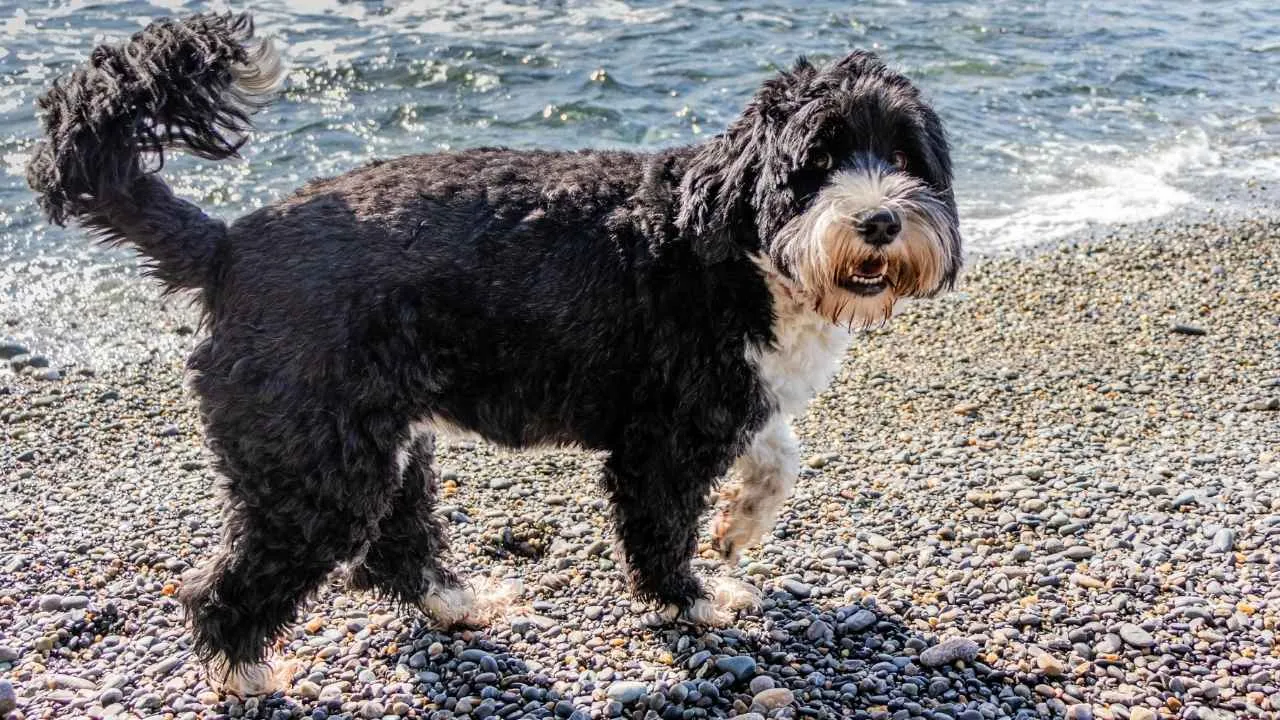
A curly-coated dynamo with a love for adventure, the Portuguese Water Dog doesn’t just look unique—it demands grooming expertise. Those tight curls trap debris fast, requiring regular brushing to prevent matting. Without proper upkeep, their signature coat quickly turns into a tangled mess.
Bred for water work, these dogs have a powerful, athletic build. Their boundless energy makes them excellent for agility sports, dock diving, or hiking. They thrive when given a job, making them an active household’s dream dog.
Training is a breeze with their sharp minds. They pick up commands quickly but get bored without variety. Keep sessions interesting with puzzles, advanced tricks, and obedience drills. A mentally stimulated Portuguese Water Dog is a happy and well-behaved one.
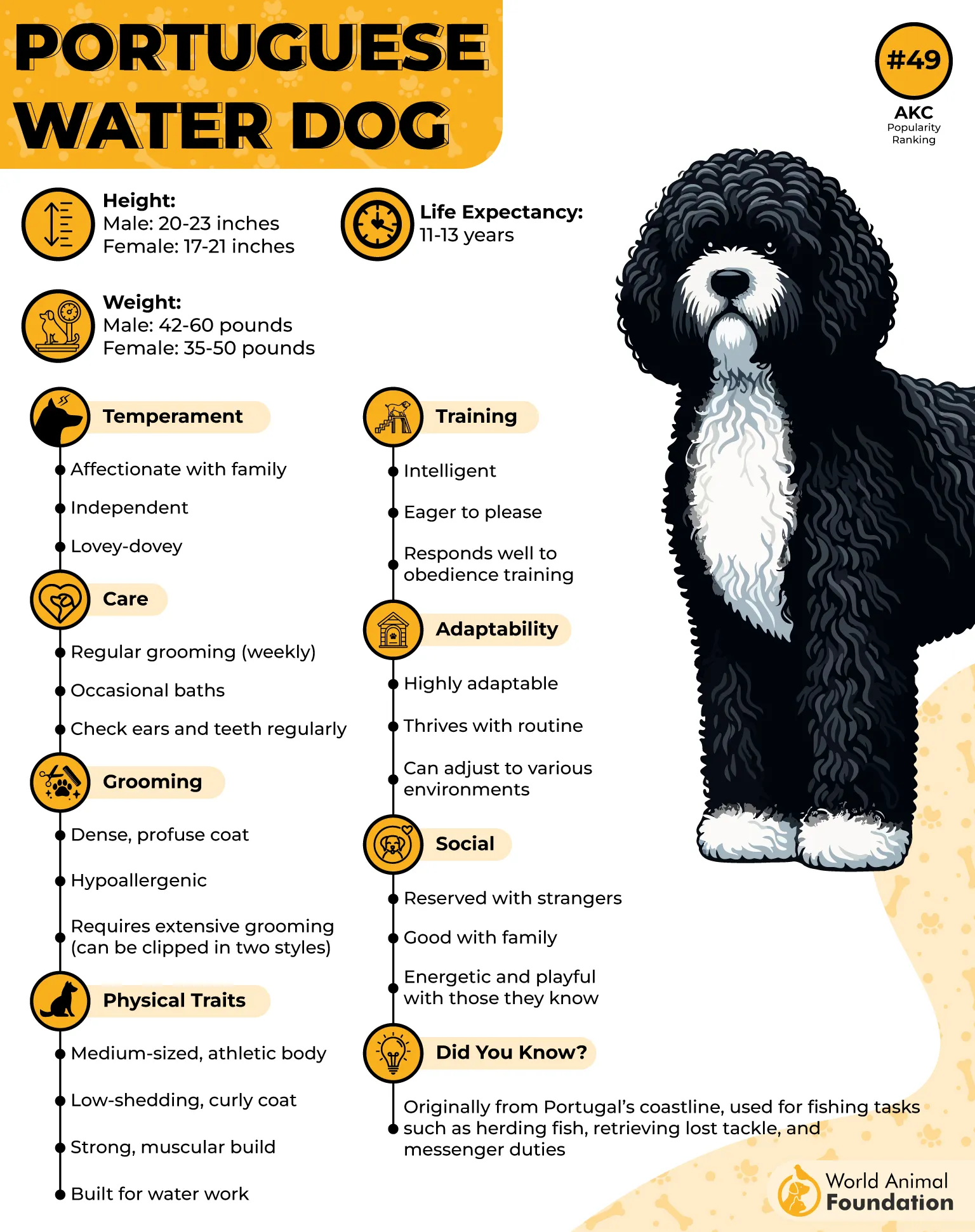
Social yet independent, they form strong bonds with their families while retaining a confident personality. They aren’t overly clingy but prefer staying involved in household activities. Their alert nature also makes them surprisingly reliable watchdogs when needed.
Daily exercise is essential. Long swims, brisk runs, and mentally engaging games prevent destructive behaviors. They need both physical and mental outlets to stay balanced. A lack of stimulation can lead to excessive barking or restless, mischievous antics.
Fun Fact
Portuguese Water Dogs were once trained to carry messages between boats. Their intelligence and swimming ability made them excellent couriers, ensuring that important information reached its destination long before modern communication existed.
5. Puli
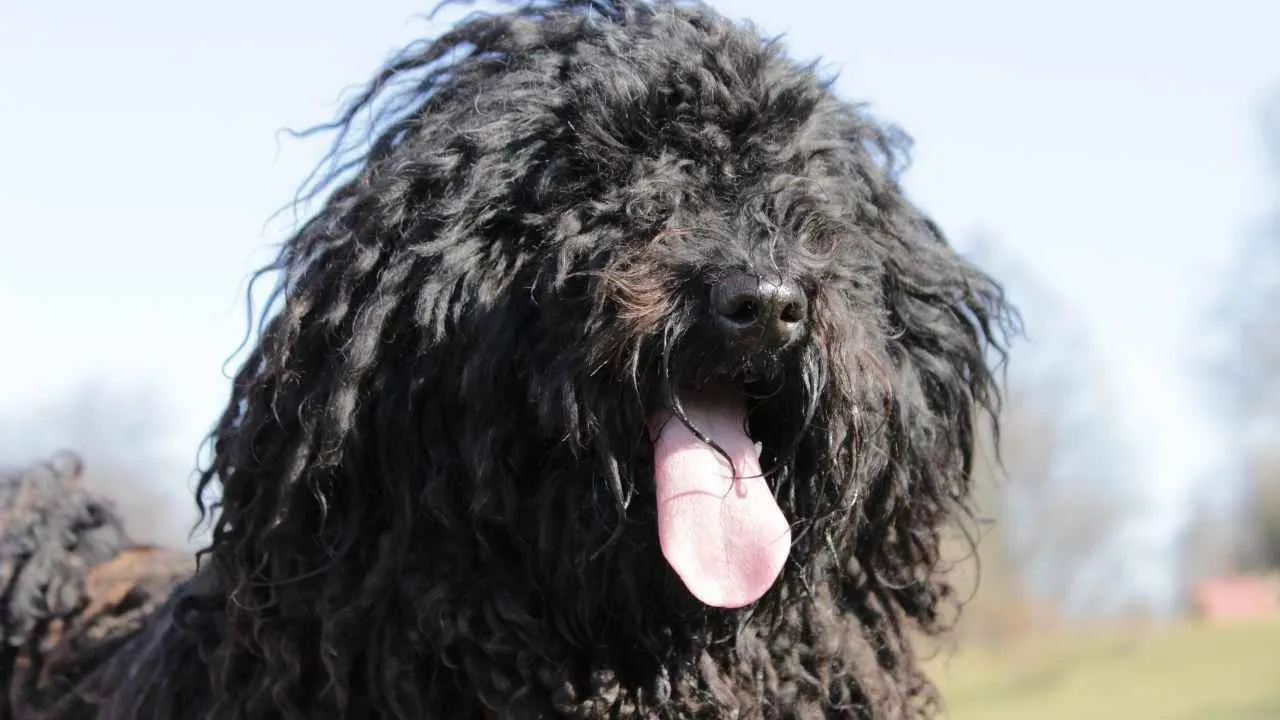
A walking mop with serious herding skills, the Puli isn’t just about its signature cords—it’s a breed full of surprises. That eye-catching coat doesn’t shed like regular fur but requires frequent care to prevent dirt buildup and unwanted tangles.
Speedy and agile, the Puli zips across fields with effortless precision. Historically used for herding, their quick movements allow them to dodge unpredictable livestock. Even today, they excel in obstacle courses, showcasing their impressive reflexes and natural athleticism.
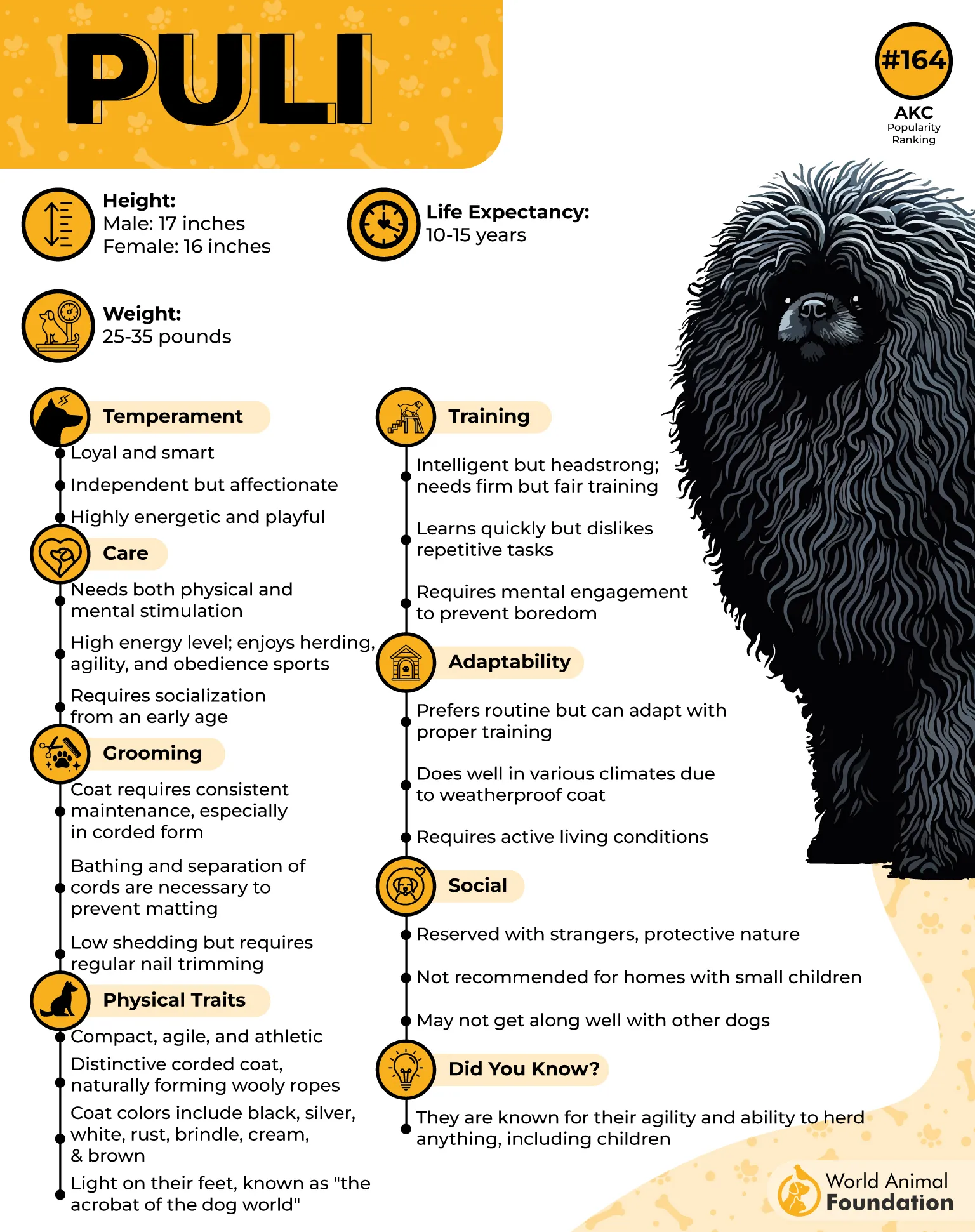
A strong-willed thinker, the Puli approaches training on its terms. They respond well to consistency but dislike repetition. Short, engaging sessions with rewards keep them focused. Once trained, their intelligence makes them excellent problem-solvers in real-world situations.
Ever the entertainer, Pulis brings energy to any environment. Their playful antics and quirky personalities make them fun to be around. Despite their small size, they are fearless and readily alert their owners to any unusual activity.
Their coat takes years to develop into its iconic cords fully. Grooming isn’t about brushing—it’s about keeping those cords separated, clean, and debris-free. While the maintenance is unique, it’s part of this breed’s distinctness.
Fun Fact
Pulis were so prized in ancient Hungary that they were sometimes traded for the price of a full-grown horse. Their herding ability and intelligence made them incredibly valuable to farmers and shepherds.
6. Komondor
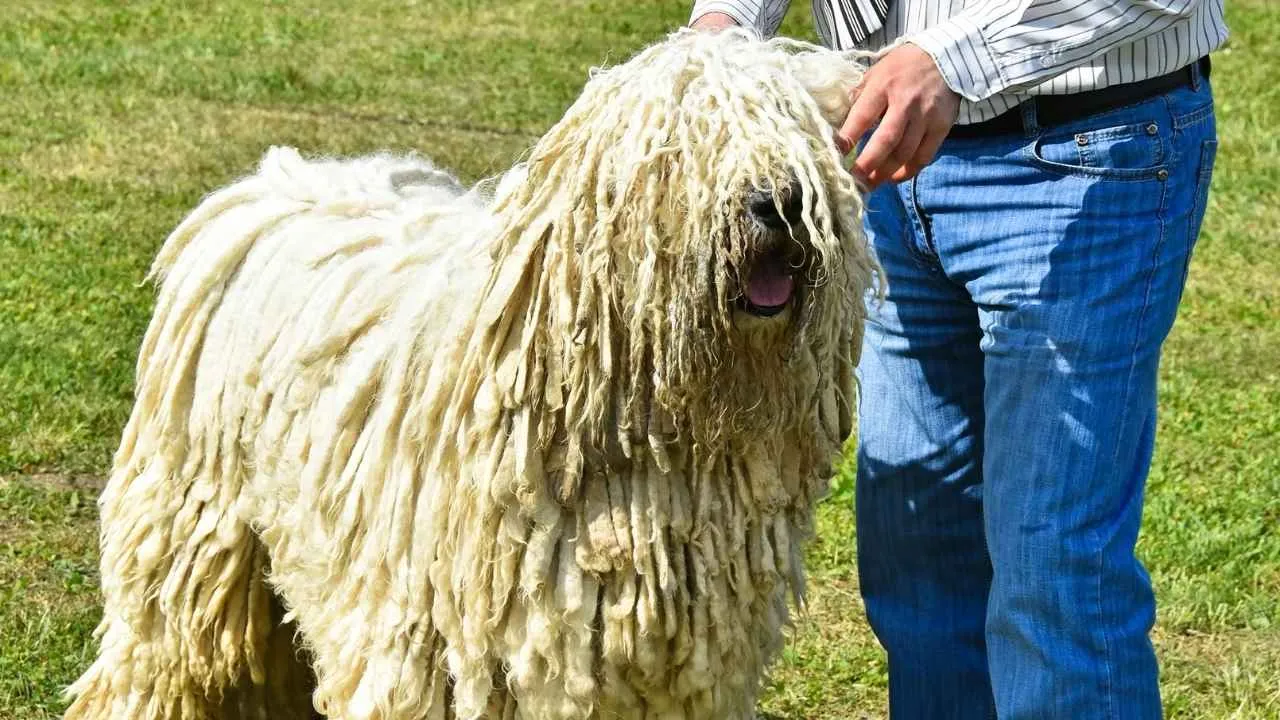
With a coat that looks straight out of a medieval warrior’s playbook, the Komondor is built for protection. Those heavy cords aren’t just for show—they shield against extreme weather and make this fearless guardian nearly impervious to bites from potential threats.
Bred to guard livestock, Komondors have an unshakable sense of duty. They take their role seriously, staying alert even when resting. Their watchful nature means they don’t need to be constantly on the move to remain effective.
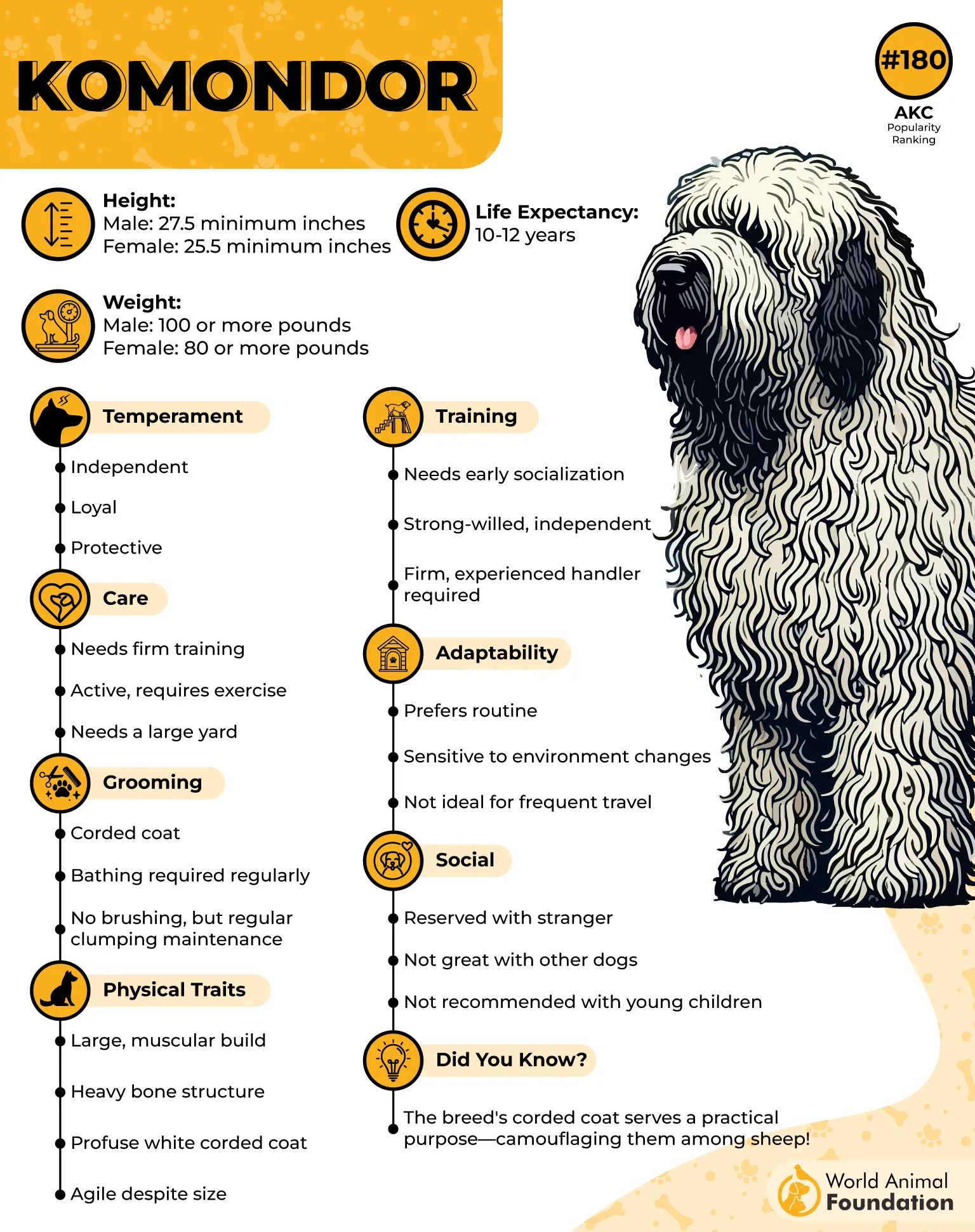
Independent to the core, they don’t rely on commands like some breeds do. Instead, they assess situations and make decisions on their own. Early training helps reinforce boundaries, ensuring they become reliable and controlled protectors.
Despite their serious appearance, they have a soft side for those they trust. Loyal to their family, they form deep connections but aren’t overly demonstrative. They prefer quiet companionship over constant attention, making them reserved yet devoted guardians.
Their grooming routine isn’t about brushing but managing those thick cords. Dirt, moisture, and debris can get trapped, requiring regular hand-separation. Bathing takes time since drying is an all-day affair, making coat care a meticulous but necessary task.
Fun Fact
Komondors are sometimes called “mop dogs” because of their unique coat, but their fur has a functional purpose. The dense, rope-like locks help them blend in with sheep, allowing them to guard livestock unnoticed by potential predators.
7. Old English Sheepdog
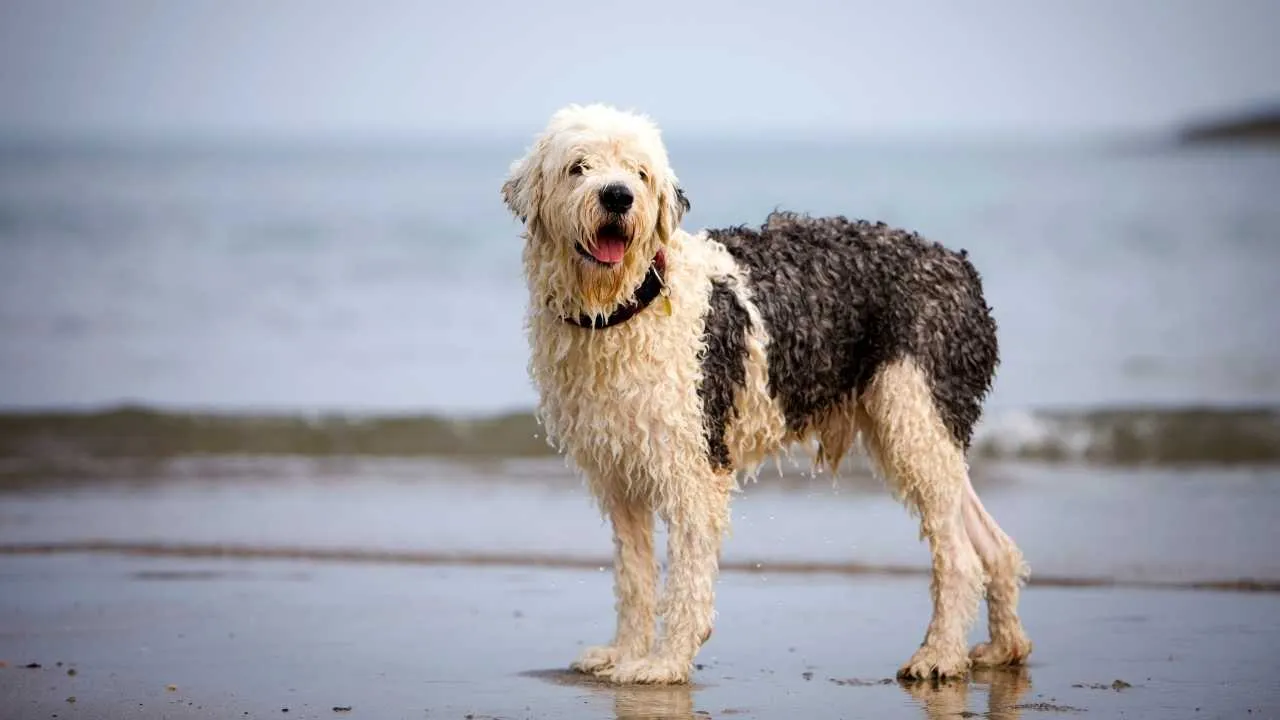
This breed’s thick, shaggy coat requires frequent grooming to keep it in top condition. Originally bred for herding, the Old English Sheepdog is a strong, intelligent, and adaptable working dog. Its unique appearance and energetic nature make it stand out.
According to WebMD, a well-maintained coat prevents painful matting and skin issues. Brushing at least three times a week helps distribute natural oils and keeps the fur free from debris. Professional grooming every six weeks ensures the coat remains manageable and healthy.
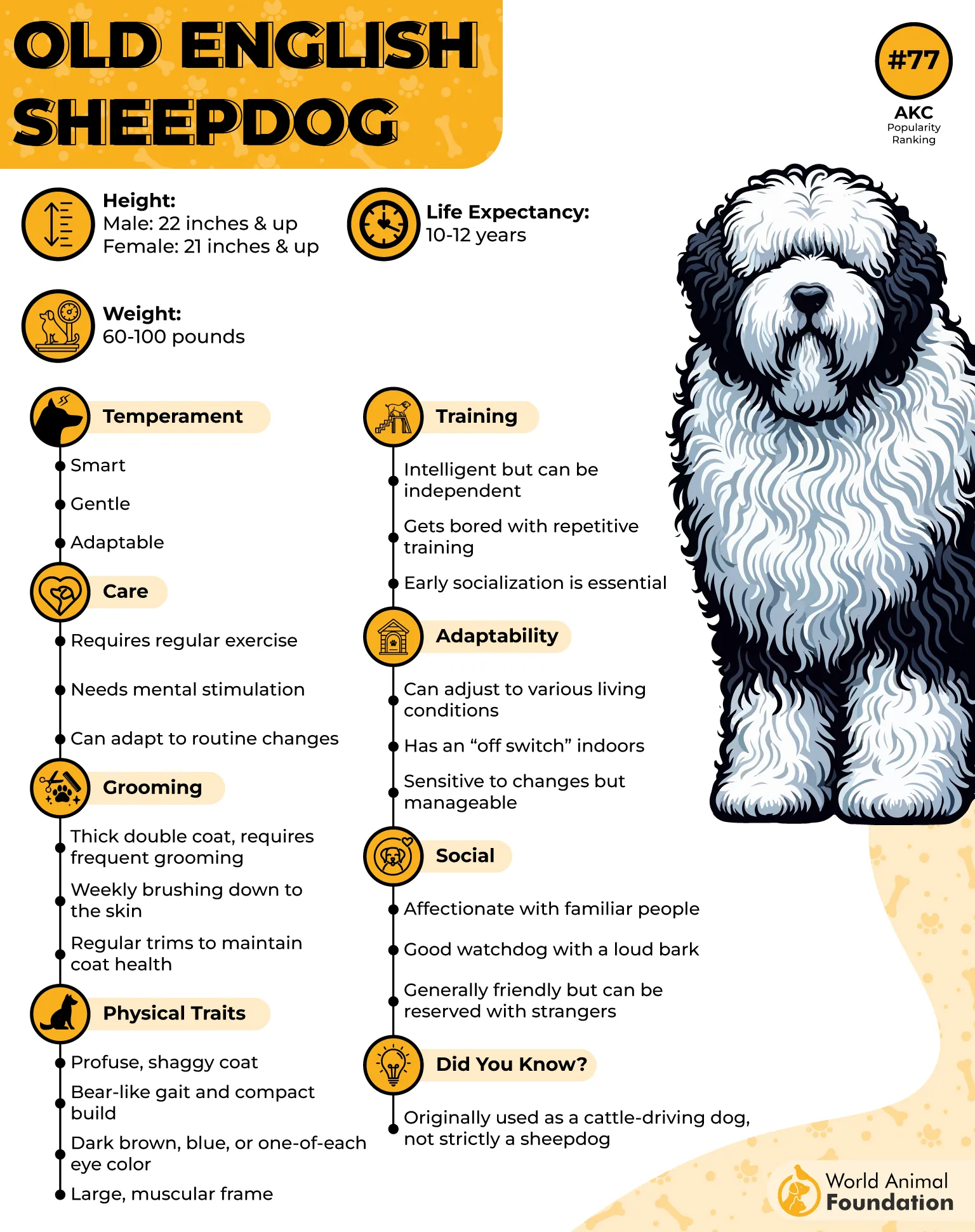
Beyond its fluffy exterior, this breed is highly trainable and thrives on mental stimulation. Early training helps channel its intelligence into positive behaviors. Herding instincts remain strong, making structured activities essential for its overall well-being.
Exercise is key to maintaining this dog’s health. Long walks, active play sessions, and agility training keep it fit and engaged. Without enough exercise, it may develop destructive habits out of boredom.
Socialization helps balance this breed’s protective nature. Exposure to various environments and people from an early age builds confidence. While friendly, it benefits from clear leadership to prevent stubborn tendencies from taking over.
Fun Fact
Despite its name, the Old English Sheepdog may have origins tracing back to Russian or European herding breeds, making its true ancestry a fascinating mystery.
8. Havanese

The Havanese’s soft, flowing coat requires diligent care to prevent tangles and mats. Regular brushing ensures its silky texture remains smooth, while trimming around the eyes keeps vision clear. This breed’s grooming needs demand commitment but result in a beautiful, healthy coat.
Compact and lively, the Havanese thrives in active households. It enjoys engaging with people and quickly learns new commands. Positive reinforcement training works best, as this intelligent breed responds well to encouragement and consistency.

Despite its small size, this dog has boundless energy. Daily walks, interactive games, and agility exercises stimulate it mentally and physically. Without sufficient activity, it may become restless and develop unwanted behaviors.
While adaptable to different living environments, this breed prefers companionship and does not do well with long periods of isolation. A well-adjusted Havanese thrives on interaction and structured routines that cater to its social nature.
Its history as a cherished companion of Cuban aristocracy gives it a regal presence. This breed was once known as the “Velcro dog” due to its affectionate nature, always staying close to its owner.
Fun Fact
The Havanese is the only native dog breed of Cuba and was once a favorite among European royalty, further enhancing its prestigious reputation.
9. Lhasa Apso

Originally bred to guard Tibetan monasteries, the Lhasa Apso’s long, dense coat requires extensive maintenance. Without proper grooming, its fur quickly tangles, leading to discomfort. Regular brushing and occasional trimming ensure the coat remains clean and manageable.
This breed is known for its independent nature. While intelligent, it can be strong-willed, making early training crucial. Consistent reinforcement helps establish boundaries and prevents stubborn tendencies from developing into behavioral challenges.
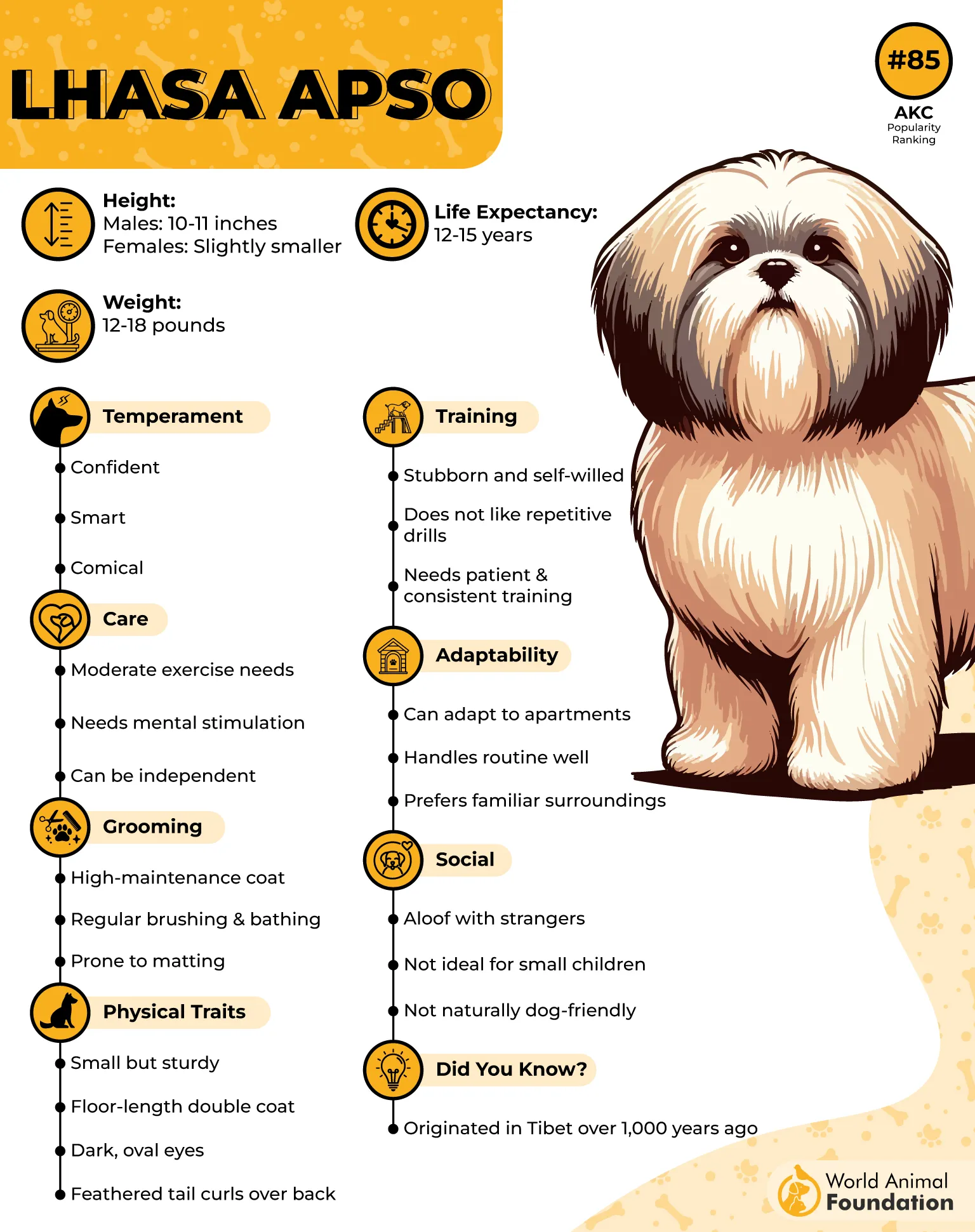
Despite its small stature, the Lhasa Apso possesses a bold personality. It remains alert and protective, often acting as an excellent watchdog. Its keen senses and sharp instincts make it naturally wary of strangers.
Daily exercise keeps this breed healthy and engaged. While not overly energetic, it enjoys brisk walks and interactive play sessions. Mental stimulation is equally important to keep its sharp mind occupied.
Loyal and confident, the Lhasa Apso thrives in structured environments. It forms strong bonds with its owners and appreciates a predictable routine. A well-socialized Lhasa Apso develops into a balanced and composed companion.
Fun Fact
Lhasa Apsos were once considered sacred in Tibet and believed to bring good luck and protection. Monks gifted them to honored guests as a symbol of prosperity.
Conclusion
Regular grooming is more than just keeping a dog looking good—it directly impacts their health, comfort, and overall well-being. Long-haired dogs with extensive grooming needs require consistent care to prevent painful tangles, excessive shedding, and skin issues. A well-groomed dog with a healthy coat is happier, healthier, and more comfortable in their daily life.
Maintaining a grooming routine can feel like a challenge for owners, but it quickly becomes a rewarding habit. Certain breeds require weekly brushing to prevent matting and maintain coat quality. Regular ear cleaning is also essential to avoid infections. Professional grooming visits and at-home care ensure a dog’s coat stays in top condition year-round.
Other widely loved breeds like the Shih Tzus and Golden Retrievers require routine maintenance to keep the coat healthy.
Choosing a breed that fits your lifestyle means understanding its grooming needs. Minimal grooming requirements may suit some owners, while others must commit to frequent maintenance. Proper coat care supports a dog’s long-term health and happiness.


